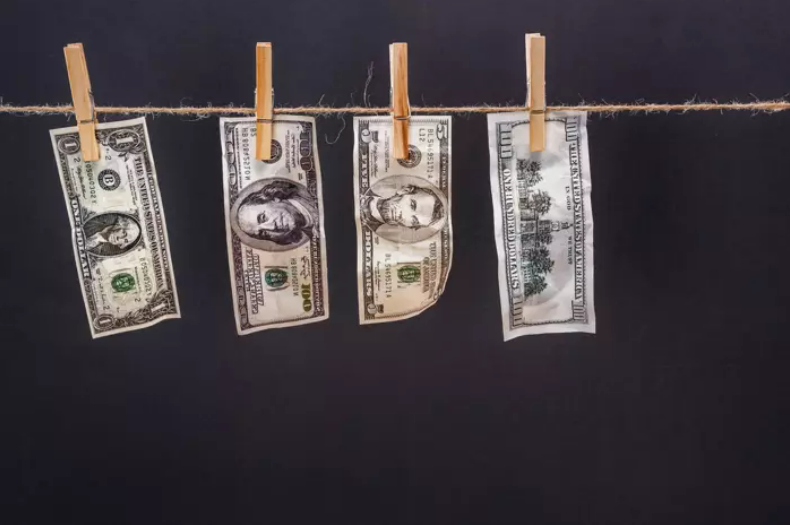
Skylar Shaw
Jun 13, 2022 12:20
The S&P 500 plummeted 5% in only two days last week, marking the second biggest selloff since January 2022. After a break below the crucial support, the selloff escalated to the downside, as seen in the failure scenario in the video at the bottom of this piece.
Identifying The Demand Zone Using The Wyckoff Method
Despite the bearish characteristics in the S&P 500 last week, it is critical to understand how the smart money accumulates or distributes shares off the bottom in May 2022 in order to predict if a stock market crash similar to the global financial crisis in 2008 will occur soon, as explained in the video.
By properly understanding the leading indication – volume, demand may be discovered around the swing low around 3900 using the Wyckoff approach.
Although the highlighted bars in May 2022 were accompanied by considerable volume, they did not result in substantial negative movement. According to Wyckoff's law of efforts vs. outcomes, increased attempts (volume) to drive down the price but only making little downward progress indicated the existence of demand.
Between 3800 and 3960, a demand zone based on these four bars has been noted in green rectangle. The two succeeding up waves (as shown by the blue arrow) stuck at the axis zone, where the prior support-turned-resistance between 4100-4200 had previously stalled. As seen by the reduced volumes, this indicated a lack of strong demand to drive the price past the barrier (annotated in blue declining arrow).
Within the trading range of 4070-4200, there was possibility for supply absorption. However, instead of robust demand to launch the breakout to the higher, there was merely value buying around the support zone (4070-4100).

Jun 10, 2022 14:36

Jun 14, 2022 12:06